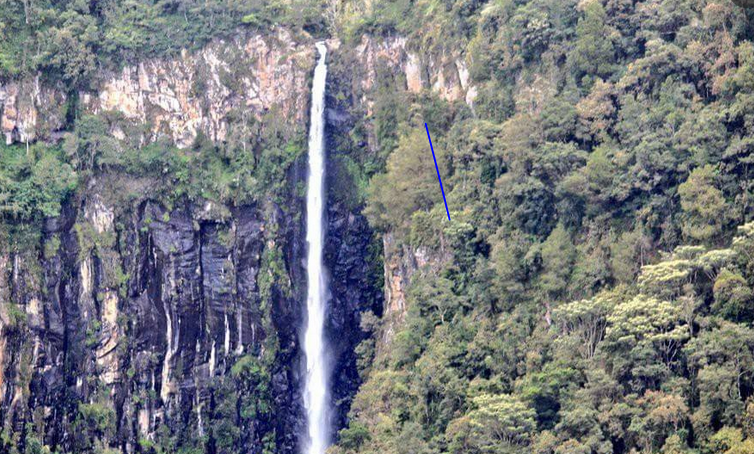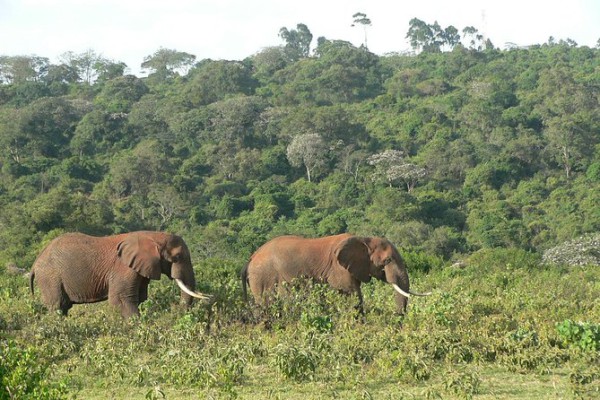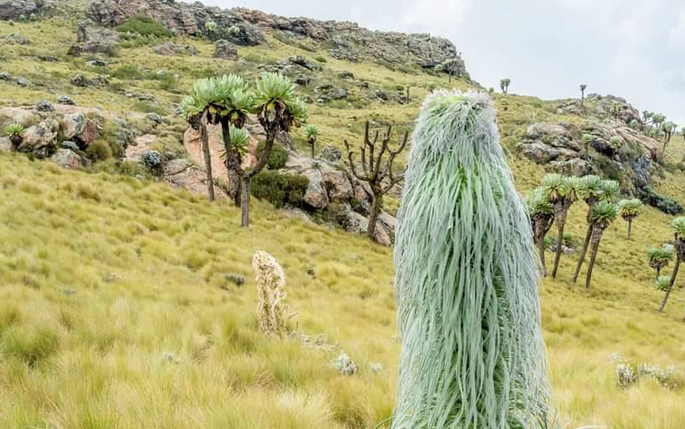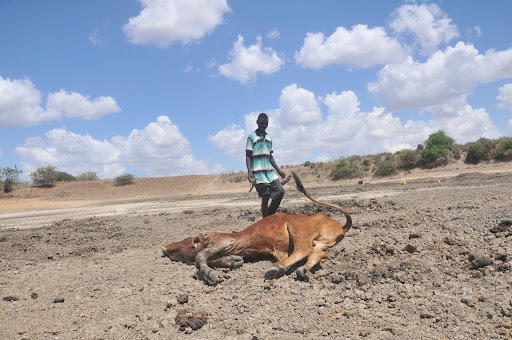

At sunrise, soft golden light filters through a rolling mist
that hugs the forested slopes of the Aberdare Ranges.
For a first-time visitor from Nairobi or anywhere across the
world, the crisp air and distant roar of a waterfall offers more than a scenic
escape. It is a moment of calm.
Nestled across the Central Highlands of Kenya, Aberdare
National Park is one of the country’s most unique conservation areas.
Established in May 1950, the Aberdare National Park covers
an area of 767 square kilometers and forms part of the Aberdare Mountain Range.
Spanning Nyeri and Nyandarua counties, the park is home to
lush forests, vast moorlands, breathtaking waterfalls and rare wildlife, all
set against a backdrop of cool, misty mountain air.
According to the Kenya Wildlife Service (KWS), Aberdare’s
landscape is unlike any other in the country.
“Aberdare National Park, which was established to conserve and protect the Aberdare Mountains, is characterised by steep
forested ravines and open moorland,” KWS notes.
“The park’s rich
biodiversity and scenic beauty make it a key destination for eco-tourism.”
One of the park’s most breathtaking features is its series
of waterfalls, fed by rivers that rise in the forested hills.
Karuru Falls plunges an astonishing 300 meters into a misty
gorge, while nearby Gura Falls thunders down the opposite cliff.
The Chania and Magura Falls add to the magical scenery, with
Queen’s Cave nestled behind one of the cascades, a site steeped in colonial
history.
Beyond the waterfalls, visitors can explore the Dragon’s
Teeth, a volcanic rock formation located in the northern moorlands.
These jagged outcrops resemble the sharp edges of a jaw and
are accessible through hiking trails.
Close by, the Twin Peaks, volcanic towers shaped by years of
erosion, rise out of the mist in the high-altitude moorland.
Aberdare is also rich in wildlife. According to KWS, rare
species such as the Eastern Bongo, a large and shy forest antelope, golden cat roam the thick bamboo belts.
The park is also home to black rhinos, blue monkeys, colobus
monkeys, olive baboons, elephants, leopards, buffalos and unique species like
the black serval and the elusive black leopard, although sightings are rare.
“Aberdare is one of
the few places in Kenya where montane and bamboo forests meet alpine moorlands,”
KWS says.
The park’s biodiversity, combined with its cool highland
climate, makes it ideal for activities such as game viewing, hiking, camping,
picnicking, photography and sport fishing.
“Bird viewing is rewarding, with over 250 species of birds in the park, including the Jackson's Francolin, Sparrow hawks, goshawks, eagles, sunbirds and plovers,” KWS notes.
Aberdare’s global fame grew in 1952 when Treetops Lodge, a
game-viewing lodge within the park, became the location where Princess
Elizabeth received news of her father’s (King George VI) death.
This marked the beginning of her reign as Queen.
If you are interested in travelling from Nairobi to
Aberdares National Park, you will cover a distance of 180 km.



















